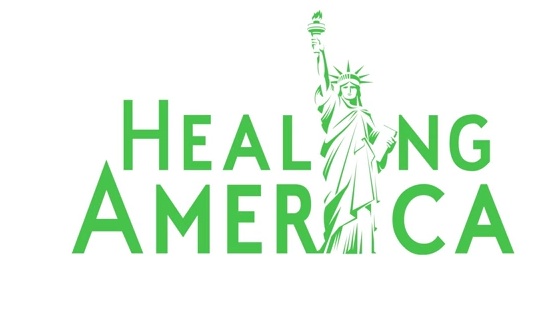


Most working Americans fall under the Bismarck Model albeit without the critical regulations and non-profit operations of the insurance companies. I’ll resist boring you with the details of each model since Reid does such a fantastic job describing the pros and cons of each system as he travels to various countries to get their diagnosis for his ailing shoulder.Įlements of each model already exist through the US healthcare system. Patients have to pay for health services without any help from insurance companies or the government. The Out of Pocket Model (US, Cambodia) is just as is it sounds.The National Health Insurance Model (Canada, Taiwan) is commonly known as “single-player” health care where the government pays for private medical services.Services are provided by the government and financed through the tax system. The Beveridge Model (UK, Italy, Spain, Cuba) is generally associated with “socialized medicine” in the health care debates.However the insurance plans are non-profit, highly regulated by the government, and no one can be excluded from coverage. The Bismarck Model (Germany, France, Switzerland, Japan) is where an employer and employee share the burden of insurance premiums for privatized medical services.In this book, TR Reid covers 4 major models of health care systems:

But in fact, the visit proved to be quick, efficient, and inexpensive even as a foreigner. Apart from not wanting to miss the workshop I had traveled halfway across the world for, I dreaded going to the hospital based on my experiences here. I had an allergic reaction to an insect bite in southern Germany and my coworkers insisted I immediately go the hospital. I am lucky enough to have relatively good insurance through work, but it was during a business trip that I got my first introduction to healthcare in another country. Healthcare has been the forefront of political debate for the entirety of my adult life.


 0 kommentar(er)
0 kommentar(er)
